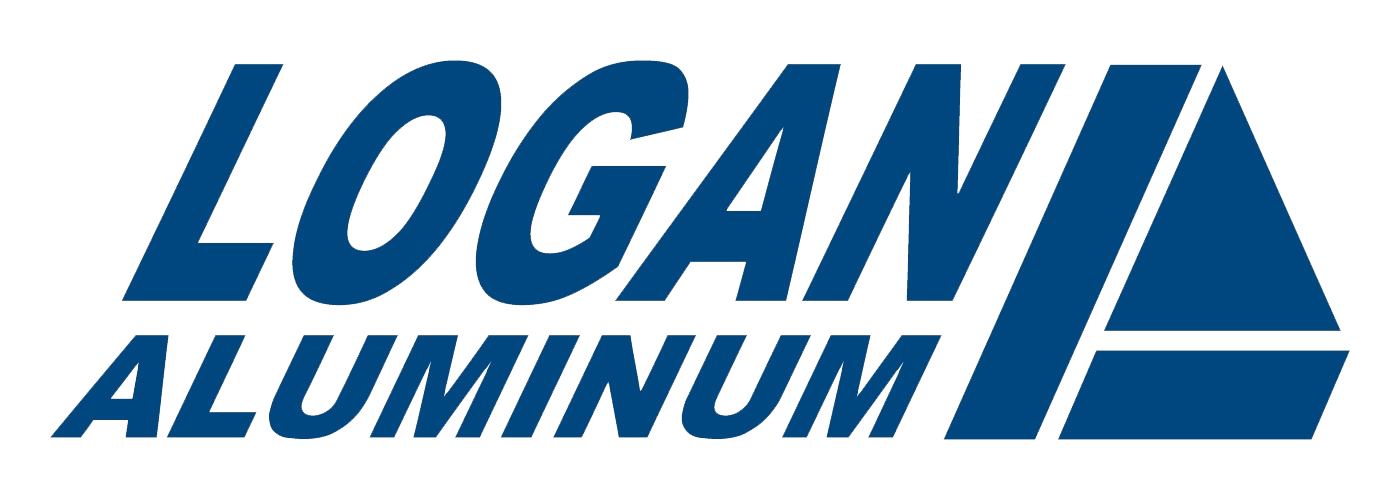Last updated on May 5th, 2020 at 01:12 pm
Meltable Program
Program Overview
Chemistry & Cleanliness
By far the two most important sheet ingot variables controlled by Logan Remelt are chemistry and metal cleanliness. The chemistry and cleanliness of inputs, which we commonly call meltables, have a direct effect on these variables. By working with suppliers and producing plants we hope to improve the quality of meltables used at Logan. Often we have found that suppliers and producing plants do not know our expectations. This has made it difficult for them to meet those expectations. The Meltable Program helps to communicate those expectations and provide feedback for improvement.
Components
- Meltable Specification Manual
- Shipping requirements and delivery appointment information
- Summary of and link to purchase ASTM E716-94 (1998) Standard Practices for Sampling Aluminum and Aluminum Alloys for Spectrochemical Analysis. See the Supplier Resources tab.
- Check the Analysis Program page for some producers
- Logan data audits to ensure data integrity
- Limited Technical Assistance
- Best practices and training reference materials (Supplier Resources)
- Reciprocal plant visits (time and schedule permitting)
- Communication channels to have questions answered
- Feed back when issues arise including photos if available
Frequently Asked Questions
This program uses an independent laboratory to evaluate the analytical accuracy and stability of a spectrometer (quantometer). Equipment malfunction, chemistry bias and trends along with operator error can also be detected.
See the Contact & Directions page on this web site.
Resources
Recommended Texts
- Modern Spectrochemical Analysis of Metals, An Introduction for Users of Arc/Spark Instrumentation. The author is Volker B. E. Thomsen. This ASM publication is great for helping to understand the equipment we use for aluminum analysis.
- Understanding Statistical Process Control. The authors are Donald J. Wheeler and David S. Chambers. This book is a cookbook for control charts and capability histograms. Control charts are necessary for monitoring spectrometer calibration stability and trends.
- Statistics for Analytical Chemistry. The authors are J. C. Miller and J. N. Miller. This text is the most complicated of the three mentioned here.
Useful Safety Publications
- Guidelines for Aluminum Sow Casting and Charging. The Aluminum Association.
- Guidelines for Handling Molten Aluminum. The Aluminum Association.
- Guidelines for Aluminum Scrap Receiving and Inspection Based on Safety and Health Considerations.The Aluminum Association www.aluminum.org
Manual Updates
Periodically this program and website will be updated without notice. This is a living document so expect changes. Please ensure that any information you have printed and use as reference is up to date. The latest revisions of this information will be posted on this site. If you have questions about any information in the Manual please contact the appropriate person on the contact page.
